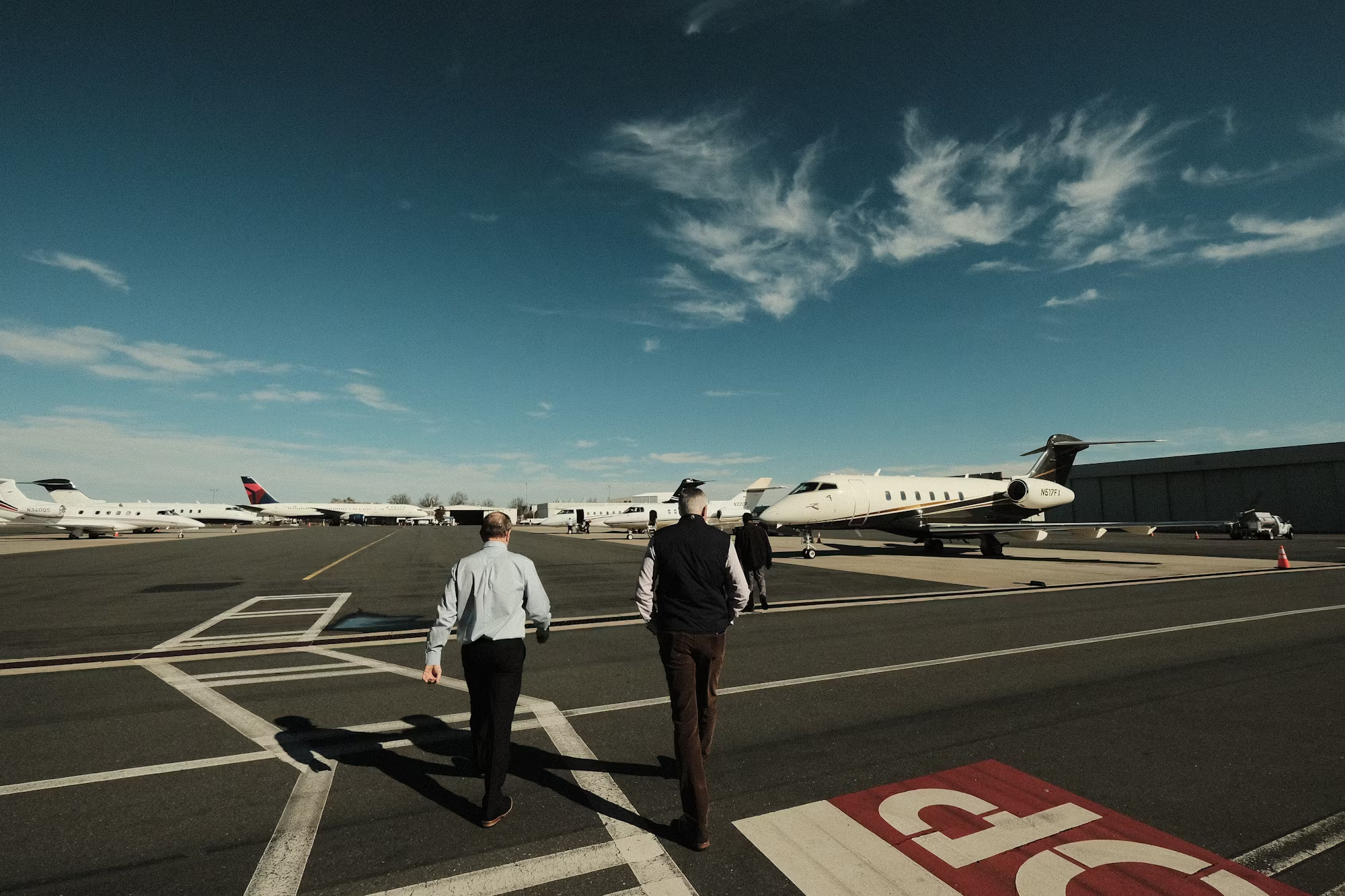In a world dominated by fast-paced living and instant gratification, the concept of slow travel has emerged as a refreshing alternative for those seeking deeper connections with the places they visit. Slow travel encourages travelers to immerse themselves in their surroundings, savoring experiences rather than rushing through itineraries. This approach not only enriches the journey but also fosters a greater appreciation for local cultures and environments.
At its core, slow travel is about taking the time to explore, learn, and engage with a destination on a more personal level. It invites travelers to step off the beaten path, eschewing tourist traps for local neighborhoods, artisan markets, and community gatherings. Instead of hopping from one landmark to another, slow travelers prioritize quality over quantity, focusing on meaningful experiences that resonate long after the trip is over.
One of the key principles of slow travel is the idea of staying longer in a single location. By spending more time in a destination, travelers can establish a sense of place and really absorb the local culture. For instance, instead of a whirlwind tour of Italy, a slow traveler might choose to spend a week in a small Tuscan village, where they can learn about traditional winemaking, participate in local festivals, and enjoy leisurely meals with residents. This immersive experience allows for genuine connections and memories that transcend the superficial interactions often found in typical tourist experiences.
Transportation choices also play a significant role in the slow travel philosophy. Instead of hopping on a series of flights or taking high-speed trains, slow travelers may opt for bicycles, buses, or even walking. This not only slows down the pace of travel but also allows for a more intimate exploration of the landscape. Imagine cycling through the vineyards of Bordeaux, where the fragrance of grapes and earth fills the air, or strolling along the canals of Amsterdam, discovering hidden cafes and galleries along the way. Such experiences create a deeper understanding of a place and its people, making travel more meaningful.
Culinary experiences are another cornerstone of slow travel. Local cuisine often serves as a gateway to understanding a culture’s history, traditions, and values. By choosing to dine at family-run restaurants or participating in cooking classes, travelers can gain insights into the ingredients and techniques that define a region’s culinary identity. For example, learning how to make traditional paella in Valencia or participating in a pasta-making workshop in Bologna not only results in a delicious meal but also fosters a connection with local chefs and their culinary heritage.
In addition to food, engaging with local artisans and craftspeople adds another layer of authenticity to the travel experience. Whether it’s watching a glassblower in Murano or joining a pottery workshop in Kyoto, these hands-on experiences allow travelers to appreciate the skill and artistry that goes into creating local crafts. By purchasing handmade souvenirs directly from the artisans, travelers support local economies and ensure that traditional crafts continue to thrive.
Nature is another essential aspect of slow travel. Many slow travelers seek out destinations that offer opportunities for outdoor exploration, whether it’s hiking in the Swiss Alps, kayaking in the fjords of Norway, or simply enjoying a sunset on a quiet beach in Thailand. These experiences foster a deep connection with the natural world, encouraging travelers to appreciate the beauty and diversity of landscapes. By taking the time to explore national parks or coastal trails, travelers can witness the changing seasons, observe wildlife, and engage in sustainable practices that protect the environment.
Furthermore, slow travel often promotes a sense of mindfulness. By slowing down and being present in the moment, travelers can experience a greater sense of well-being and fulfillment. This mindfulness extends to the interactions with locals, allowing for genuine conversations and connections. Whether it’s sharing stories with a shopkeeper or participating in community events, these interactions create a sense of belonging and understanding that is often lacking in hurried travel.
In a world where social media and digital connectivity often dictate our experiences, slow travel encourages us to unplug and reconnect with our surroundings. By prioritizing face-to-face interactions and immersive experiences over constant scrolling and posting, travelers can cultivate a deeper appreciation for the world around them. This shift in perspective not only enhances the travel experience but also fosters a sense of gratitude for the diversity of cultures and environments.
As we navigate through life, the art of slow travel reminds us to embrace the journey rather than just the destination. It encourages us to find joy in the little moments—whether it’s sipping coffee at a local café, watching the sunrise from a quiet hilltop, or engaging in heartfelt conversations with new friends. These experiences, often overlooked in fast-paced travel, become the cherished memories that stay with us long after the trip is over.
In conclusion, slow travel offers a rich and rewarding approach to exploring the world. By embracing this philosophy, travelers can cultivate deeper connections with places and people, creating meaningful experiences that resonate long after the journey has ended. As we seek to enrich our lives through travel, let us remember to slow down, savor the moments, and appreciate the beauty of the world around us.
